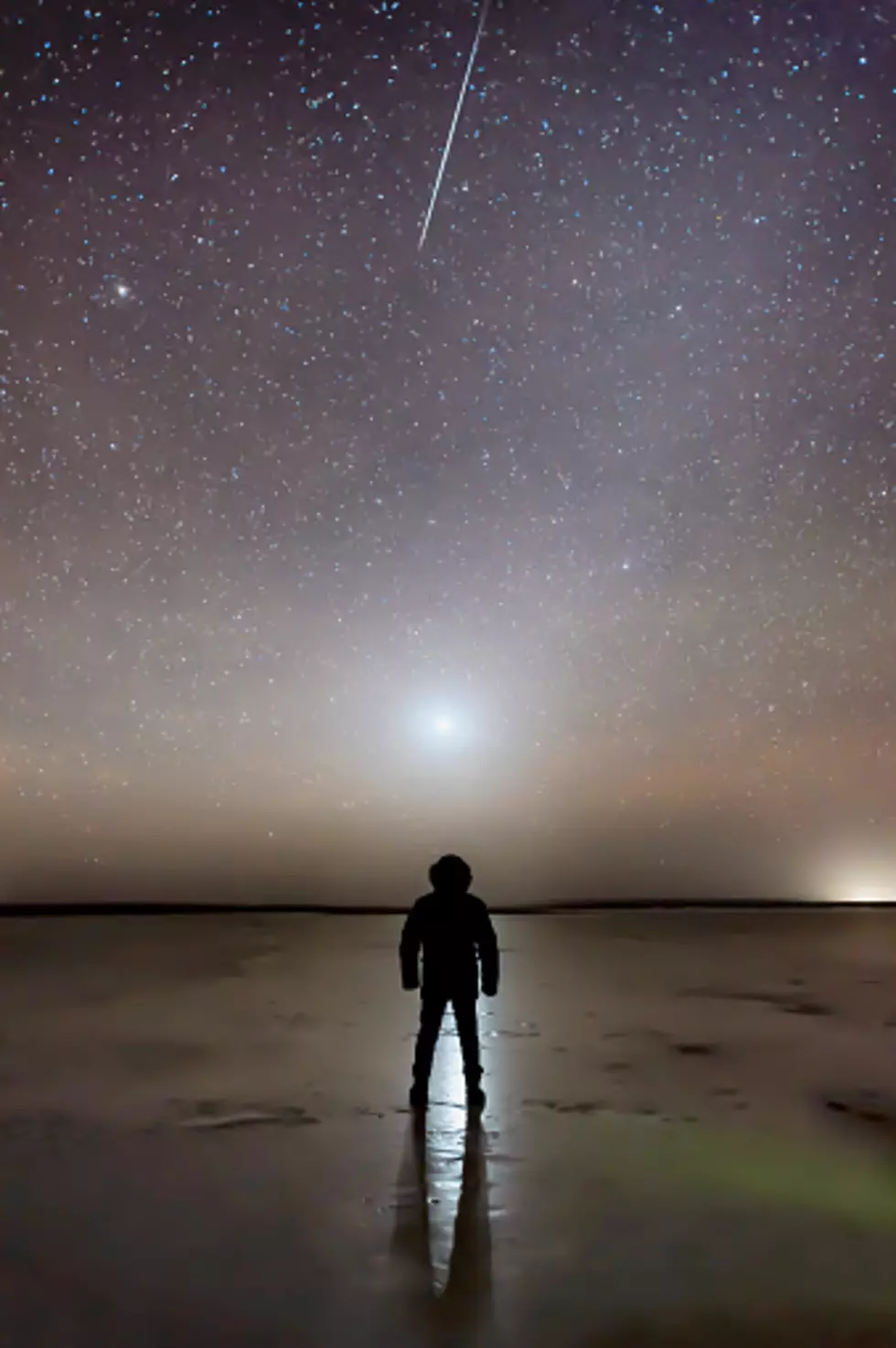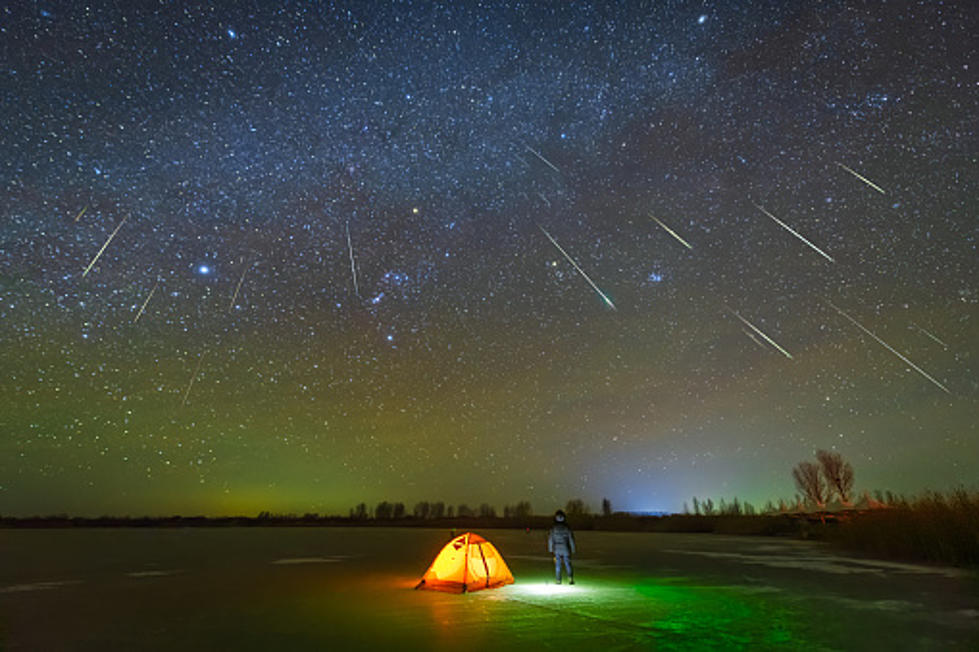
Illinois’ 1st Day Of Winter Includes Meteor Showers Overhead
The first day of winter, also known as the Winter Solstice, happens tomorrow, December 21st, at 3:48pm local time, and if the conditions are right, it might be worth taking a look towards the heavens for a little pre-Christmas meteor show.
Look at it this way: it's the longest night of the year, you'll need some entertainment to get you through until morning, and this is the last chance at catching a meteor shower in 2022.
Late Wednesday Night And Early Thursday Morning Just Happen To Be The Dates That The Annual Ursid Meteor Shower Is Peaking In The Sky With 5-10 Shooting Stars An Hour
The best viewing conditions for things like meteor showers happen when the moon isn't hanging brightly in the sky, washing out everything else. Wednesday night, we'll be looking at a nearly new moon, which means dark skies, and a better chance to see the meteor shower.
However, Wednesday night does carry a 50 percent chance of snow showers, so the clouds may give us a bigger viewing problems than a bright moon would.
Okay, Let's Get To The Information That Northern Illinois Sky-Watchers Will Need For The Best Chance Of Seeing The Ursid Meteor Shower
The key is making sure that you're looking in the right direction of the sky on Wednesday night/Thursday morning. According to the celestial experts at EarthSky.org, you should start by looking for the Big Dipper:
If you trace the paths of the slow-moving Ursid meteors backward, they appear to come from the section of sky marked by the Little Dipper star Kochab.
If you look from a Northern Hemisphere location around the time of the solstice, you’ll find the Big Dipper and the star Kochab well up in the north-northeast at around 1 a.m. your local time. That’s about the time of night you’ll want to start watching this meteor shower.
LOOK: The most extreme temperatures in the history of every state
More From WROK 1440 AM / 96.1 FM









